VMware vSphere updated in big cloud play
Paul Maritz wants to see IT infrastructure "disappear" with VMware's new Cloud Infrastructure Suite.

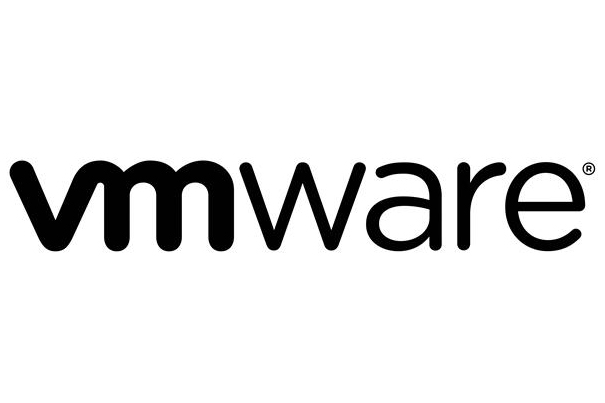
VMware has looked to solidify its place as the number one virtual machine player with a plethora of updates to its vSphere virtualisation management range of products.
Chief executive (CEO) Paul Maritz said VMware was hoping to make businesses' physical infrastructure "disappear," with what it believes is the industry's first Cloud Infrastructure Suite.
Hypervisor vSphere 5 is included within that suite alongside four other VMware products: vCenter SRM for business continuity needs, vCenter Operations for monitoring of virtual machines, vShield for security, and vCloud Director for policy and reporting.
The suite is expected to be available in the third quarter of this year.
Fresh features
VMware claimed vSphere 5 would be four times more powerful than previous versions, able to process more than one million I/O operations per second.
Chief technical officer (CTO) Stephen Herrod said vSphere 5 had been dubbed the "monster VM," due to its ability to support a VM with up to 1TB of memory and 32 virtual CPUs.
Sign up today and you will receive a free copy of our Future Focus 2025 report - the leading guidance on AI, cybersecurity and other IT challenges as per 700+ senior executives
One notable addition is the replication in software in vCenter Site Recovery Manager 5, allowing companies without storage replication to duplicate their environments for their recovery needs.
When quizzed why companies would want this feature, VMware said that particular feature would appeal more to small and medium-sized businesses who would not enjoy such replication functions.
The latest version of vCloud Director has been given "linked clone capabilities" to reduce provisioning time to as little as five seconds and cutting storage requirements by as much as 60 per cent, according to VMware. Linked clones are copies of an original virtual machine.
In a separate announcement, VMware launched its vSphere Storage Appliance, aimed at the SMB market.
The appliance lets users create a single pool of storage across multiple servers containing direct attached storage, up to a limit of three hosts, our sister site Cloud Pro reported.
Licensing shift
VMware has also altered its licensing arrangements for vSphere. Users will now pay for the amount of pooled virtual memory they use, rather than per CPU or per core. Pooled vRAM is the total amount of memory configured to all VMs in a customer infrastructure.
This altered licensing structure will "lay the foundation for customers to adopt a more cloud-like IT cost model based on consumption and value rather than physical components and capacity," VMware said.
Rival Citrix made a big announcement yesterday, with the acquisition of Cloud.com.
Tom Brewster is currently an associate editor at Forbes and an award-winning journalist who covers cyber security, surveillance, and privacy. Starting his career at ITPro as a staff writer and working up to a senior staff writer role, Tom has been covering the tech industry for more than ten years and is considered one of the leading journalists in his specialism.
He is a proud alum of the University of Sheffield where he secured an undergraduate degree in English Literature before undertaking a certification from General Assembly in web development.
-
 I couldn’t escape the iPhone 17 Pro this year – and it’s about time we redefined business phones
I couldn’t escape the iPhone 17 Pro this year – and it’s about time we redefined business phonesOpinion ITPro is back on smartphone reviews, as they grow more and more intertwined with our work-life balance
-
 When everything connects, everything’s at risk
When everything connects, everything’s at riskIndustry Insights Growing IoT complexity demands dynamic, automated security for visibility, compliance, and resilience
-
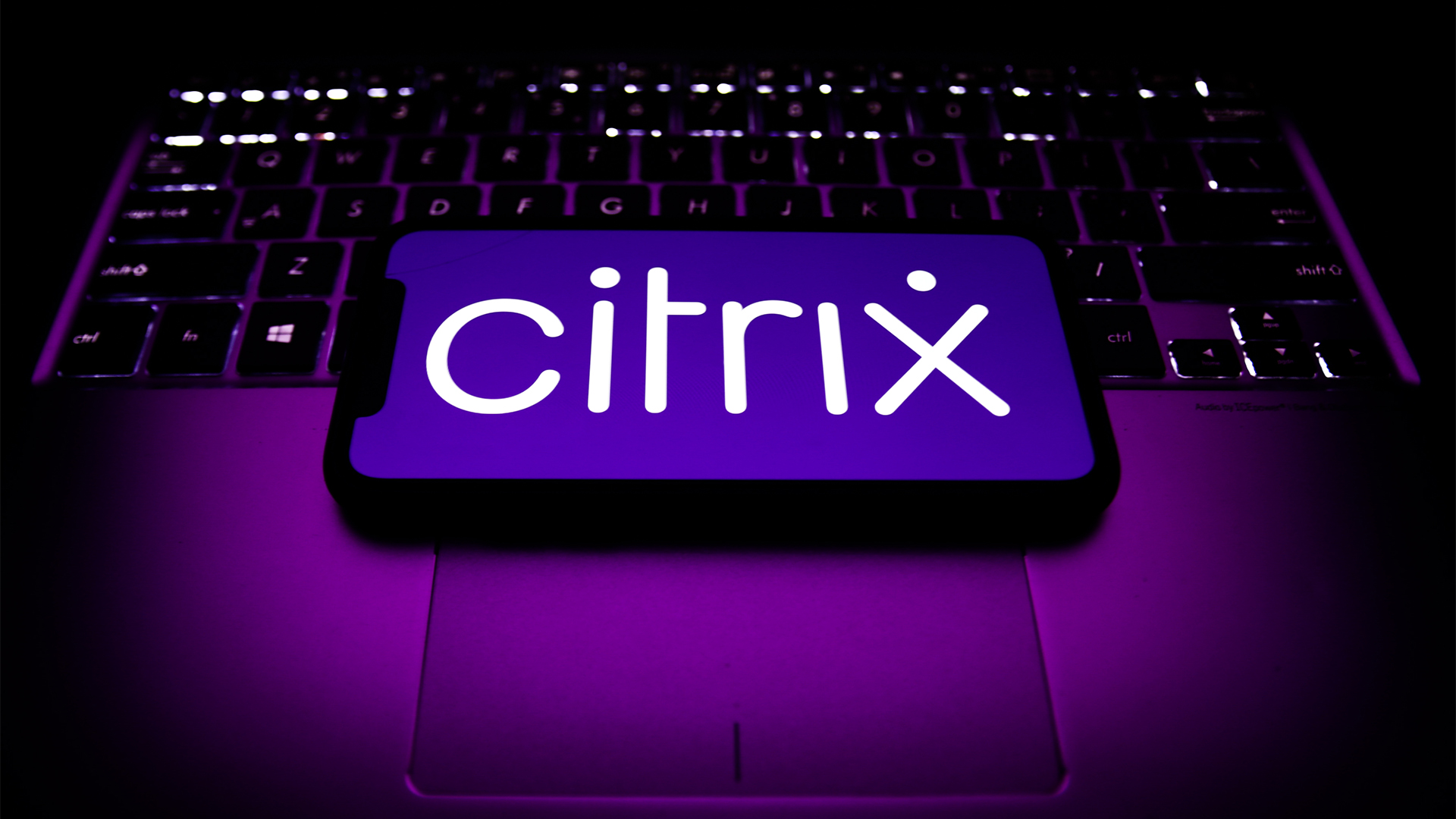 Citrix warns products sold through legacy licensing setup face 'loss of functionality'
Citrix warns products sold through legacy licensing setup face 'loss of functionality'News With Citrix moving to a new cloud-based licensing scheme next year, the company has urged customers to make plans for the transition.
-
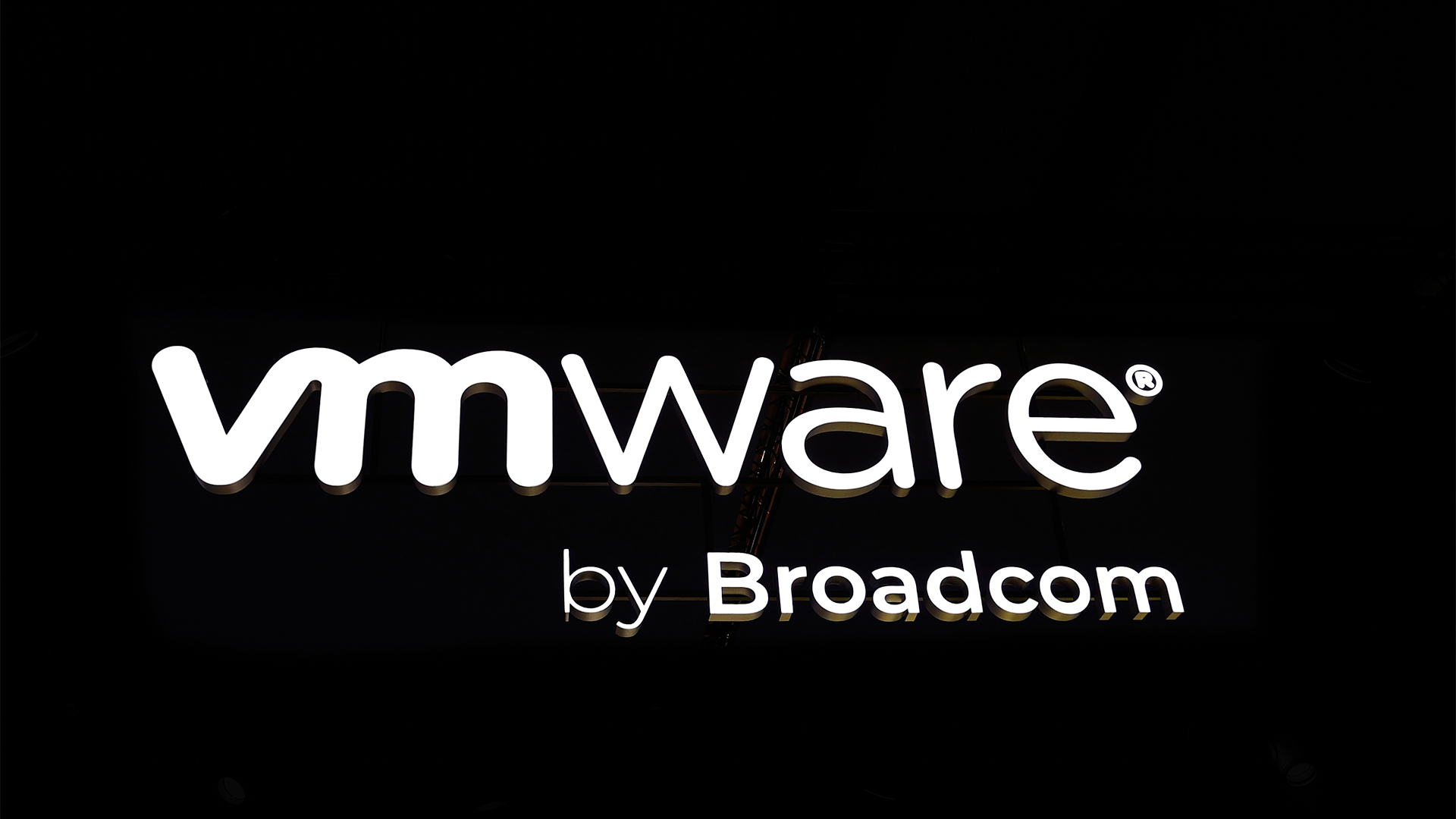 VMware partners face more disruption with latest Broadcom changes
VMware partners face more disruption with latest Broadcom changesNews Broadcom’s latest VMware changes mean smaller partners could be pushed out
-
 Helping customers adopt a multi-cloud infrastructure and accelerate their modernization journey
Helping customers adopt a multi-cloud infrastructure and accelerate their modernization journeySponsored Content We outline what shifting to a subscription model means for your business
-
 There’s a ‘cloud reset’ underway, and VMware Cloud Foundation 9.0 is a chance for Broadcom to pounce on it
There’s a ‘cloud reset’ underway, and VMware Cloud Foundation 9.0 is a chance for Broadcom to pounce on itNews With new security features and cost management tools, Broadcom wants to capitalize on surging private cloud adoption rates
-
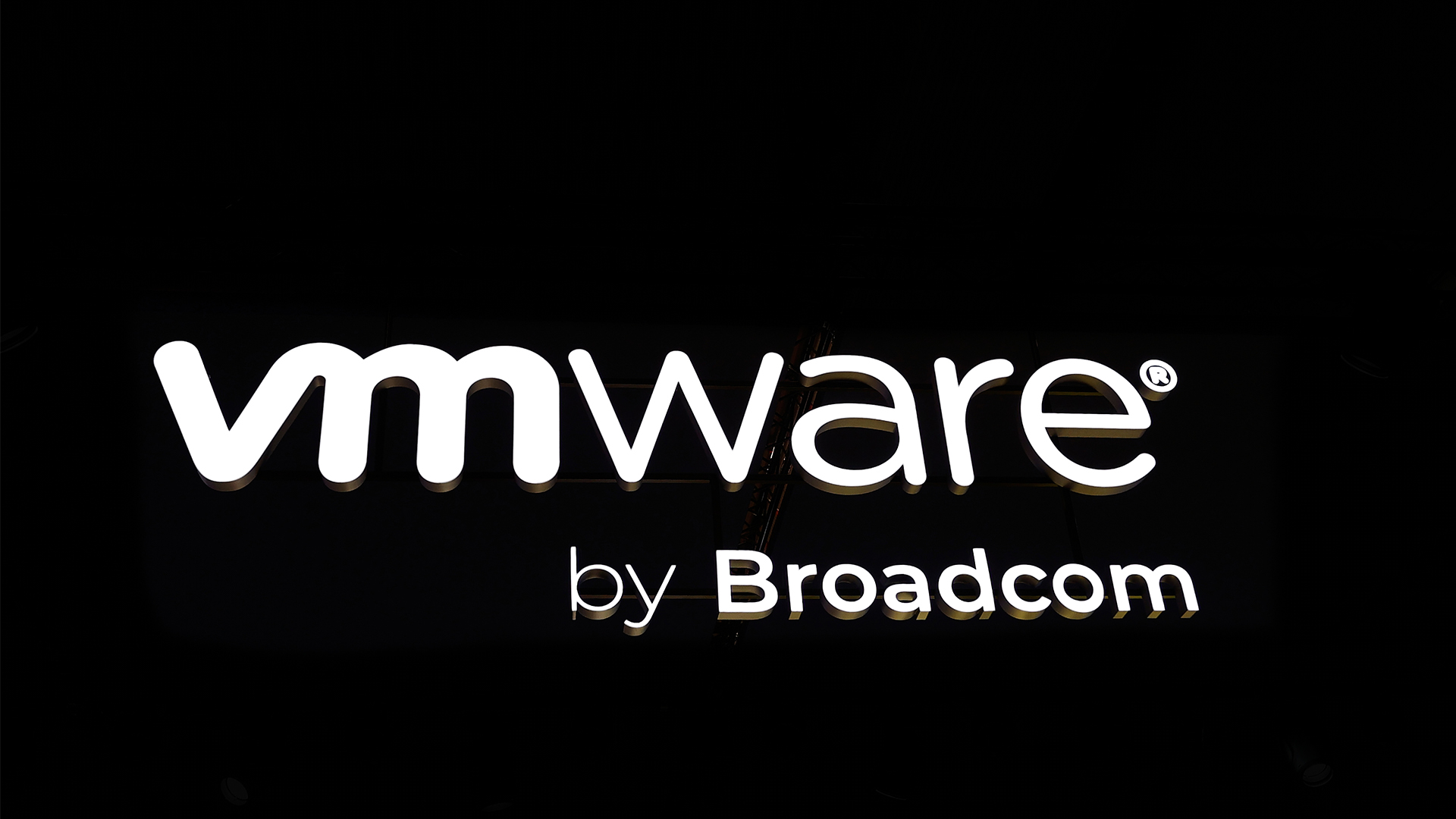 Broadcom's 'harsh' VMware contracts are costing customers up to 1,500% more
Broadcom's 'harsh' VMware contracts are costing customers up to 1,500% moreNews An ECCO report says Broadcom hasn't solved customer complaints when it comes to licensing and contracts
-
 Citrix wants to help enterprises dodge pricey hardware costs
Citrix wants to help enterprises dodge pricey hardware costsNews Tariffs could push up hardware costs in the coming months - Citrix wants to ease the pressure
-
 Broadcom records huge growth as CEO Hock Tan hails “successful integration” of VMware
Broadcom records huge growth as CEO Hock Tan hails “successful integration” of VMwareAnalysis The VMware acquisition is finally paying dividends for Broadcom
-
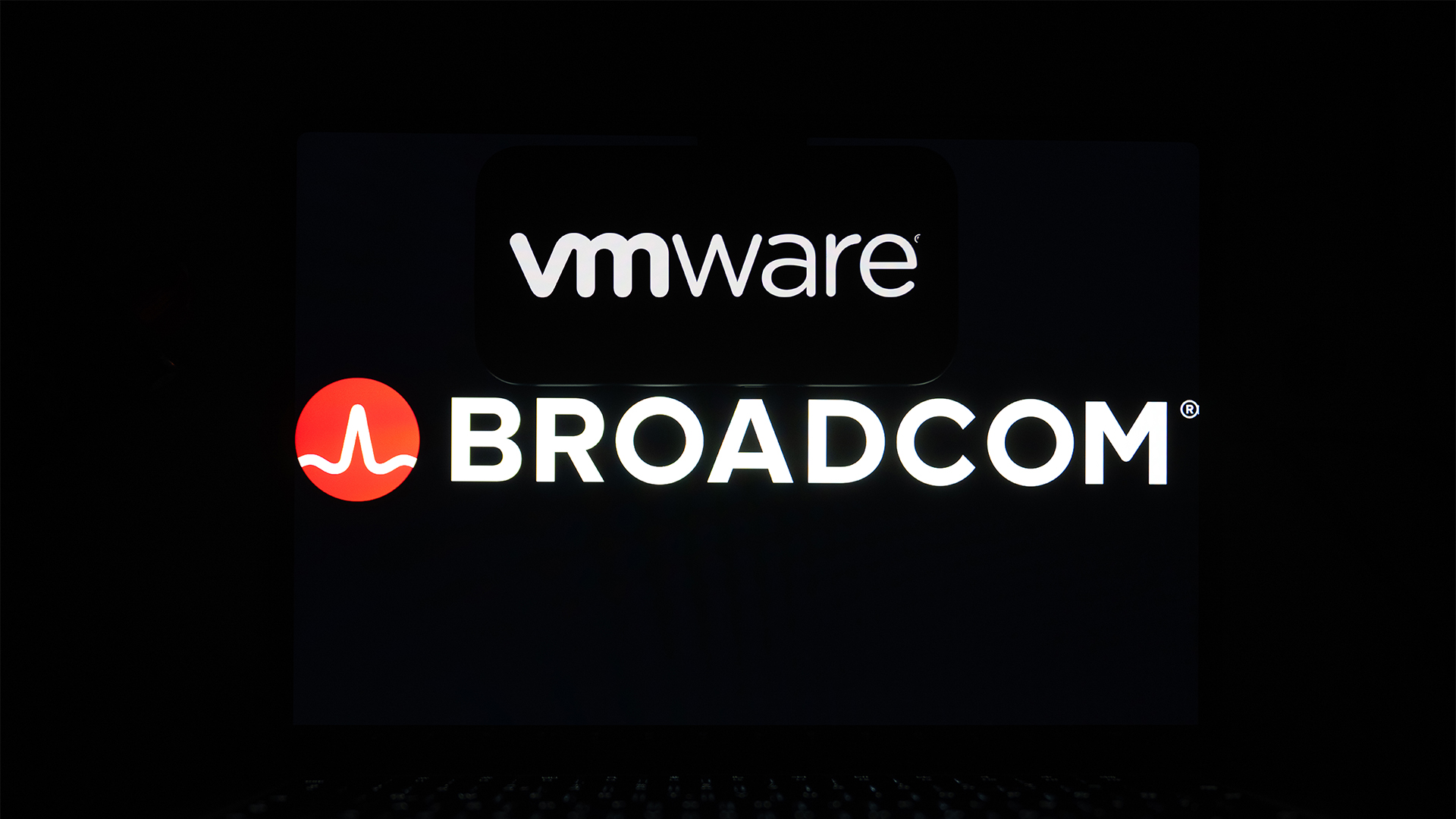 Broadcom EMEA CTO claims the company has been able to solve most of its customer issues following VMware acquisition
Broadcom EMEA CTO claims the company has been able to solve most of its customer issues following VMware acquisitionNews Joe Baguley says the firm has been walking customers through license changes and explaining the value of VMware
